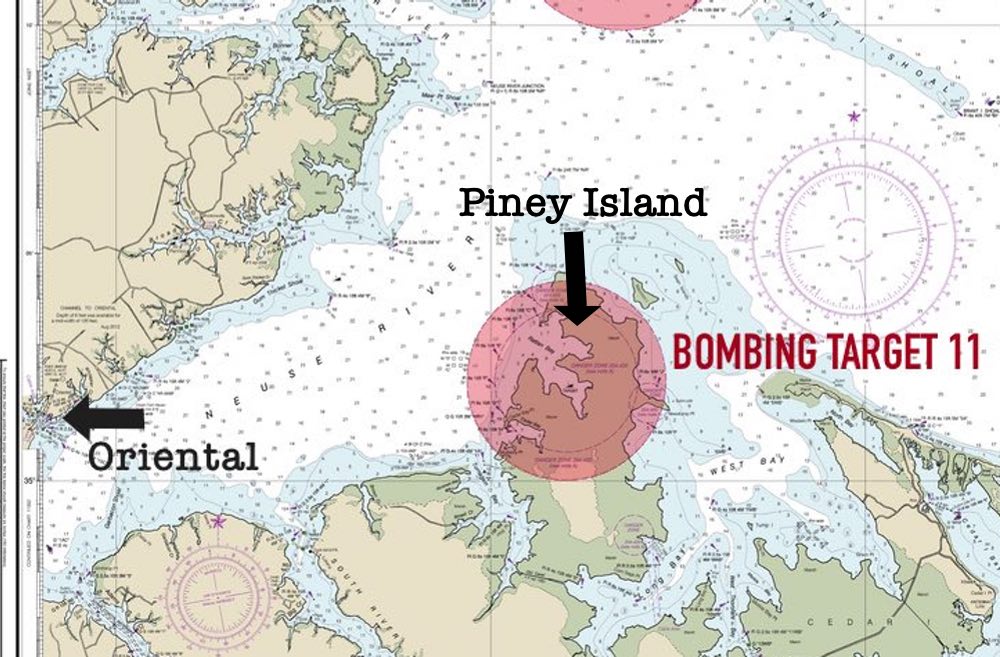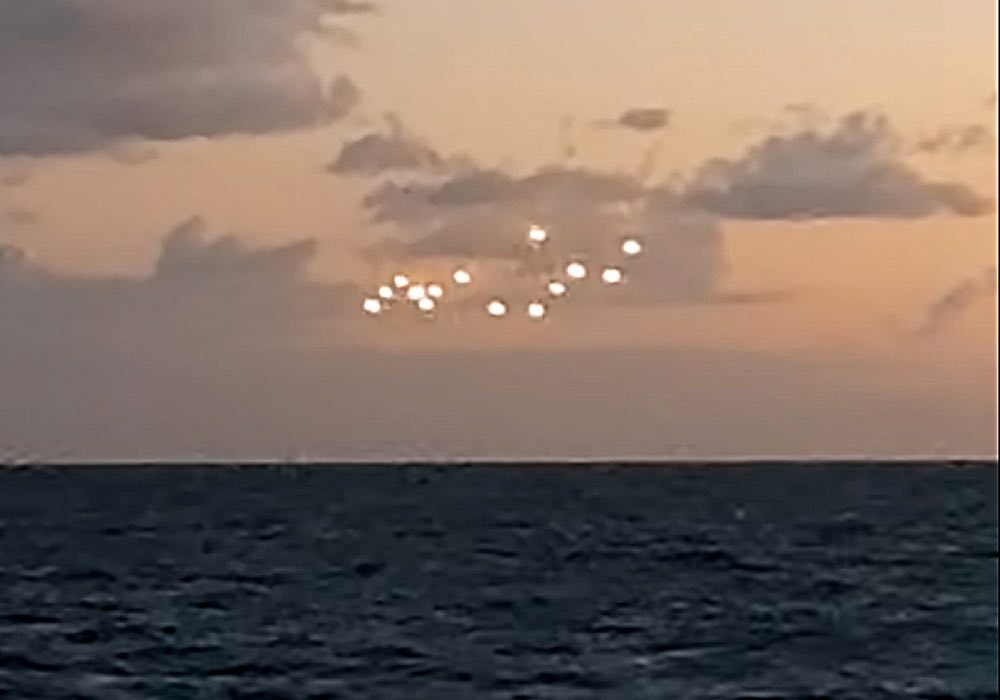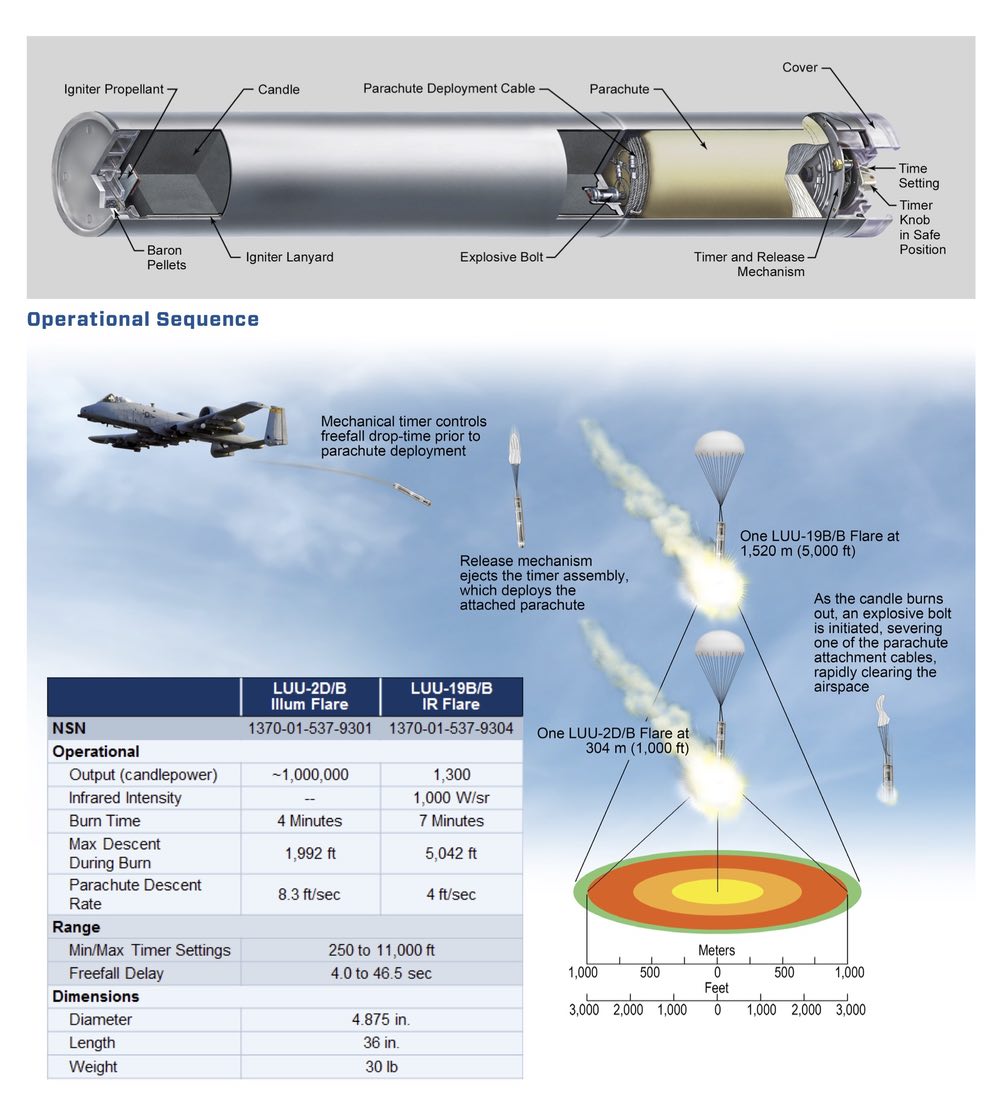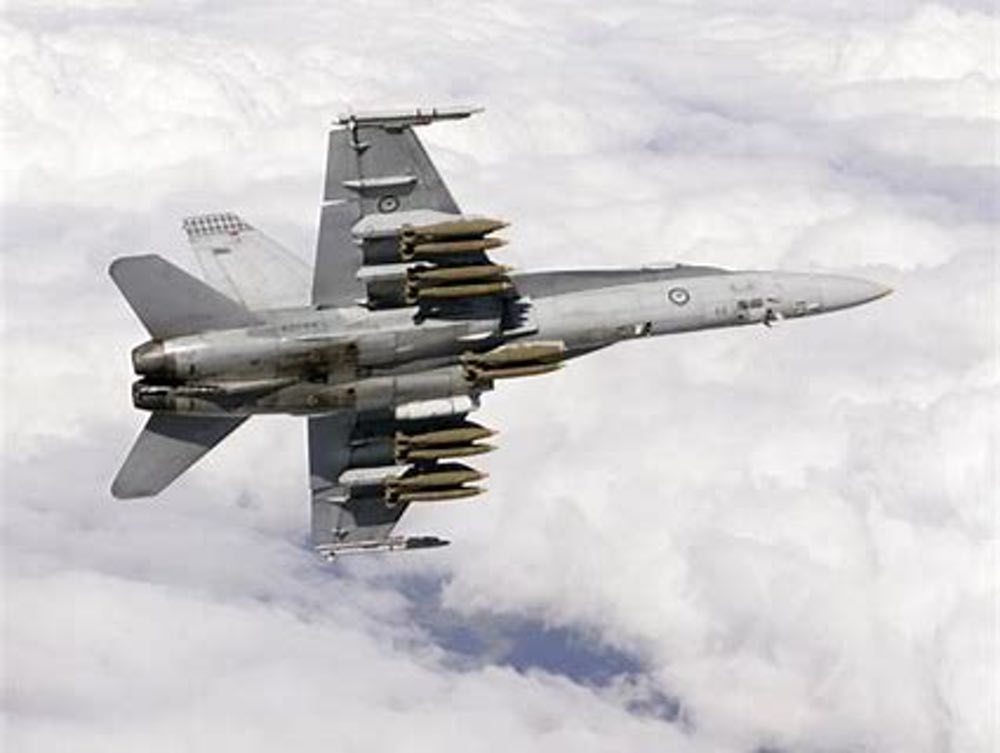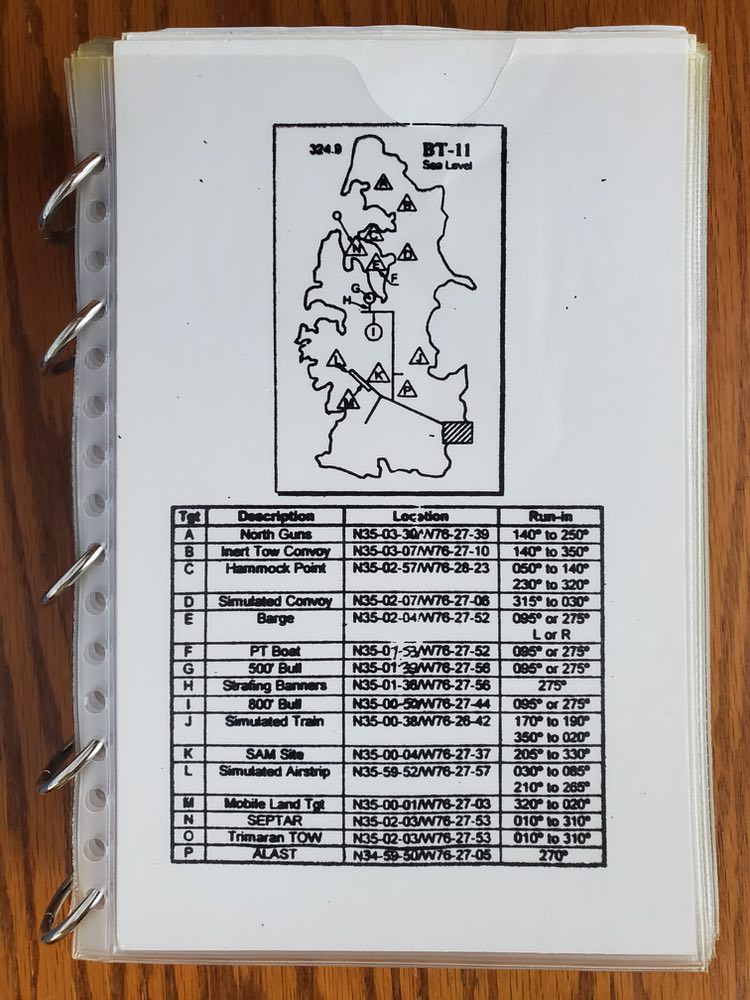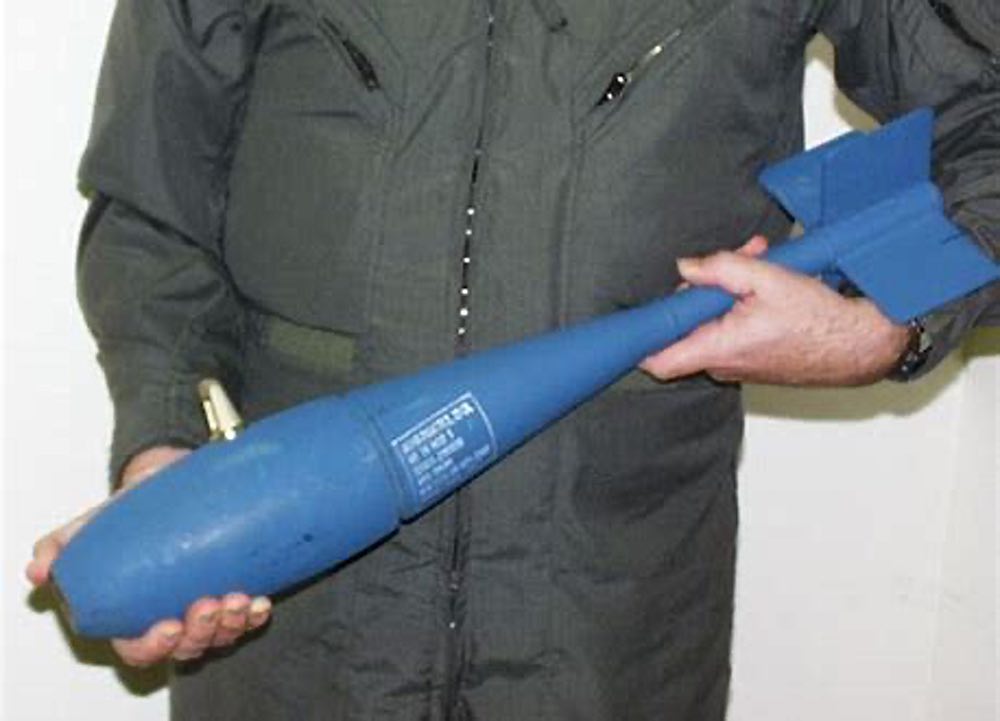It's Saturday November 1, 2025

May 2020
Captain John Rahm of Oriental was once Colonel John Rahm of the USMC. He was also the pilot who landed a Harrier on the National Mall. He writes in to TownDock.net to discuss the sounds and lights from Bombing Target 11.
Iappreciated the positive comments about the recent airspace article. So as a corollary, I thought some specifics about the bombing range might be interesting. Across the Neuse River from Oriental lies a national asset, BT-11. This bombing target has been located on Piney Island since the 1940s. It was constructed in conjunction with Marine Corps Air Station Cherry Point in anticipation of World War II. Since then, it has been continually updated.The range provides realistic targets giving aviators the most realistic and best training available. With this short article, I offer insight. We Oriental residents see illumination flares and fires. We hear artillery and gunfire. It can be disconcerting and worrisome. My intent, by providing insight, is to alleviate the angst and foster tolerance, if not support, for the mysterious activities on Piney Island.
BT-11 is Piney Island, and then some.First, the flares. …The bright lights we see at night are not UFOs.
Not a UFO. (John Rahm Photo)These lights are LUU-2 illumination flares. Over BT-11, jets eject these parachute flares out the back of canisters. They turn night into day and make it easier for aviators to acquire their targets.
These flares are manufactured by Northrop Grumman and come in many flavors. We see the ones that illuminate targets in the visible light spectrum. What we do not see, are the flares that illuminate in the infrared spectrum.
Infrared flares have no visible signature and require the use of night vision devices; they are invisible to the naked eye. The United States military forces have a technological advantage at night and most often use infrared flares.
LUU parachute flares used at BT-11.Now the fires…
Marine Corps Air Station Cherry Point Range Control is the operating authority for BT-11. They are busy scheduling and maintaining the range. During the year, Range Control conducts controlled burns on Piney Island.
Smoke from BT-11 as seen from South Ave.These controlled burns are necessary to eliminate the overgrown brush on the island. Controlled burns prevent fires, caused by military munitions, from engulfing the entire island. Range Control has assistance from the Department of Natural Resources and the Environmental Protection Agency whose representatives work on the Air Station.
It’s a short 12 miles from the Oriental bridge to the target area. We will see smoke from the controlled burns and perhaps the glow at night. Now the booming….
No live ordnance is used on the range. The bombs do not explode. They are inert cement replicas that weigh and free fall like the real ones. Inert bombs are blue. Live bombs are green. (Now you know.)
This Canadian FA-18 is carrying live bombs that explode (green). All the live weapon bombing ranges are in isolated locations in our western deserts. (bang)The booms we hear are not the impact/explosion of the munitions; it’s bombs breaking the sound barrier as they fall towards their intended target.
Noise carries better with the wind. So, when the winds are easterly with a touch of north, the noise can be loud. Most bombs are released at 450 knots and above (517 miles an hour). With the speed of sound at 660 miles an hour, it takes but a few seconds for the bombs to speed up and break the sound barrier.
The only explosives used at BT-11 might be small spotting charges embedded in the nose of the bomb to aid in scoring the impact. Yes, the impacts are scored and are a part of an aviator’s performance record.
Fighter aviation is a highly competitive occupation. Everything is evaluated and retained forever, soup to nuts. My bombing performance from any flight in 1986 is readily available. Here is a photo from my inflight guide that depicts the available/various BT-11 targets.
This is a page from my inflight guide. It is intended for inflight or hasty planning. There is a complementary bombing range manual that dictates everything in excruciating detail. Of note are the two bulls eyes, 500 and 800 foot. The SEPTAR stands for Seaborne Powered Target. The SEPTAR is a highly maneuverable, 18-foot, remotely-controlled boat. The Trimaran target is a 14-foot, tri-hulled, towed boat with a four-foot-square sail/banner aim point attached. The Trimaran is towed behind the SEPTAR to provide a moving strafe/rocket target. The Mobile Land Target is operated on the simulated airstrip. The moving targets are difficult to hit. Although, close is often good enough. Of course, SAM stands for Surface to Air Missile. Lastly, ALAST is a laser target that facilitates laser tracking practice. And yes, there are barge and train targets on the island. (both fun)Pictured below are Mark 76s (MK-76s). These practice munitions make up the majority of ordnance dropped on BT-11. Obviously, they are non-explosive. They do, however, have spotting charges fitted into the nose of the weapon.
At impact, a puff of white smoke will help range personnel in scoring the impact. At night, instead of white smoke, the weapon will contain a small flash charge. These MK-76s are the cost effective substitute for the 500lb-ers. Even though they only weigh 25 pounds, they are engineered to fly/glide like a 500lb-er.
As a result, the ballistics/trajectory software generate and display the same cockpit aiming symbology as a 500lb-er. The pilot sees heavy weapon aiming symbology. Most weeks, hundreds of MK-76s pepper the bullseyes on BT-11.
The larger, 500lb-ers are not allowed on the bulleyes. Most of the “big stuff” is dropped on the North Guns. Of note, in order to preserve the range, all the targets have restrictions on type of ordnance allowed.
Practice, 25 pound, Mark -76s (MK-76s) that simulate the flight of a 500 pound bomb provide economical training.BT-11 poses no risk to Oriental. Jets with ordnance hung underneath do not fly over any populated areas and bombing range activities are tightly controlled. Aircraft dive angles and run-in headings are retentively scripted in order to keep the weapon release splash patterns within the confines of the range. There is no danger unless you inadvertently enter.
To prevent entry, the range is ringed with 15 foot navigational daymarks. These daymarks warn boaters of the danger. Despite the prospect of some good fishing, it is best to stay out of the bombing range. I trust this has been interesting and helpful. I wanted to explain the phenomena we see and hear in the east. Now you know.
Colonel John Rahm USMC (very retired Harrier “Puke”)
Related Information• What is Going on over Oriental
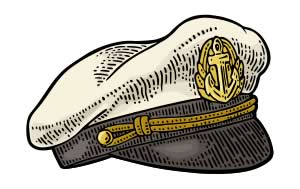 Captain's Blog on TownDock.net is all about making your time on the water enjoyable. Captain John Rahm teaches sailing and boat handling at Third Wave Sailing. Captain's Blog on TownDock.net is all about making your time on the water enjoyable. Captain John Rahm teaches sailing and boat handling at Third Wave Sailing. |

